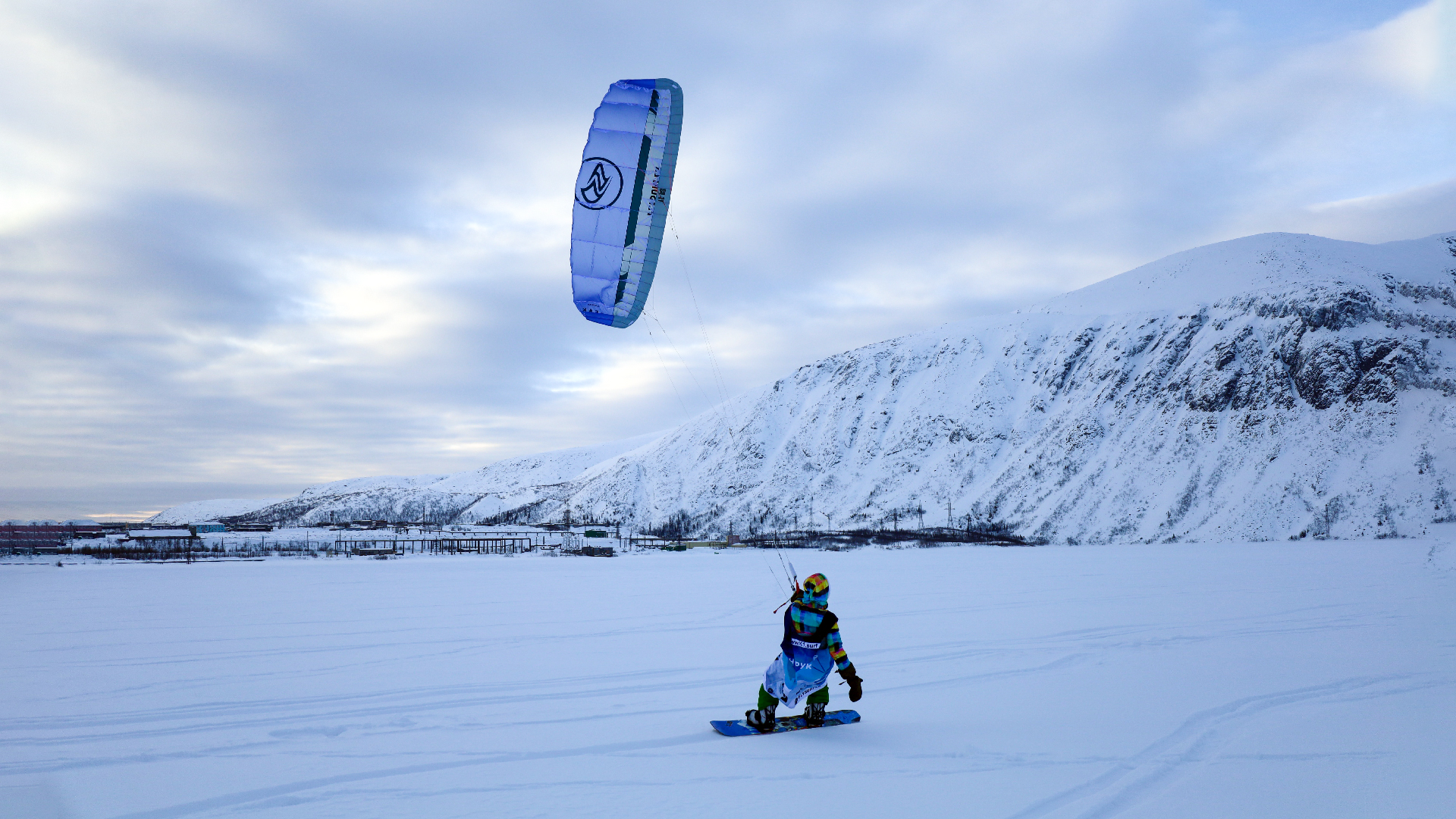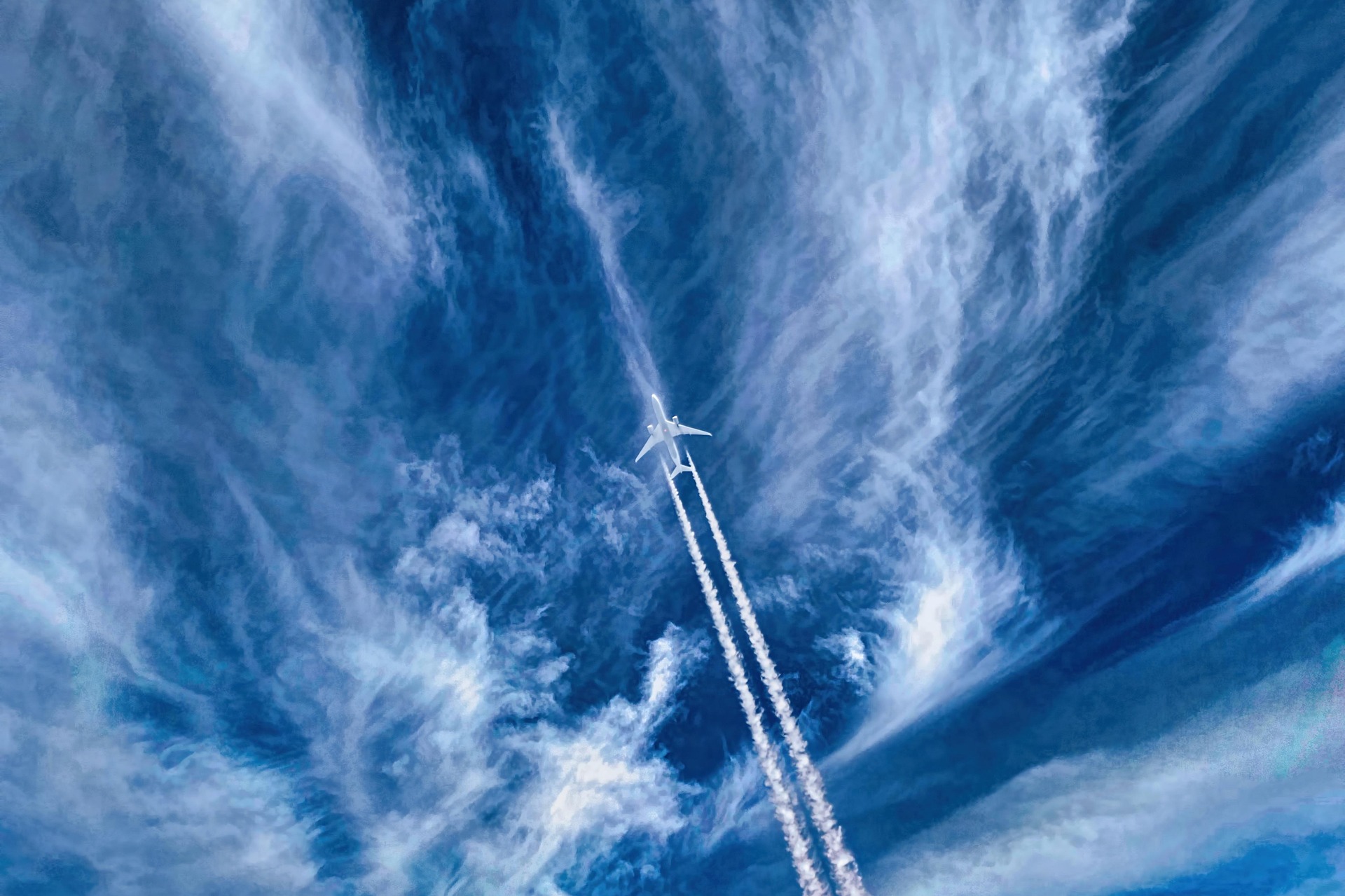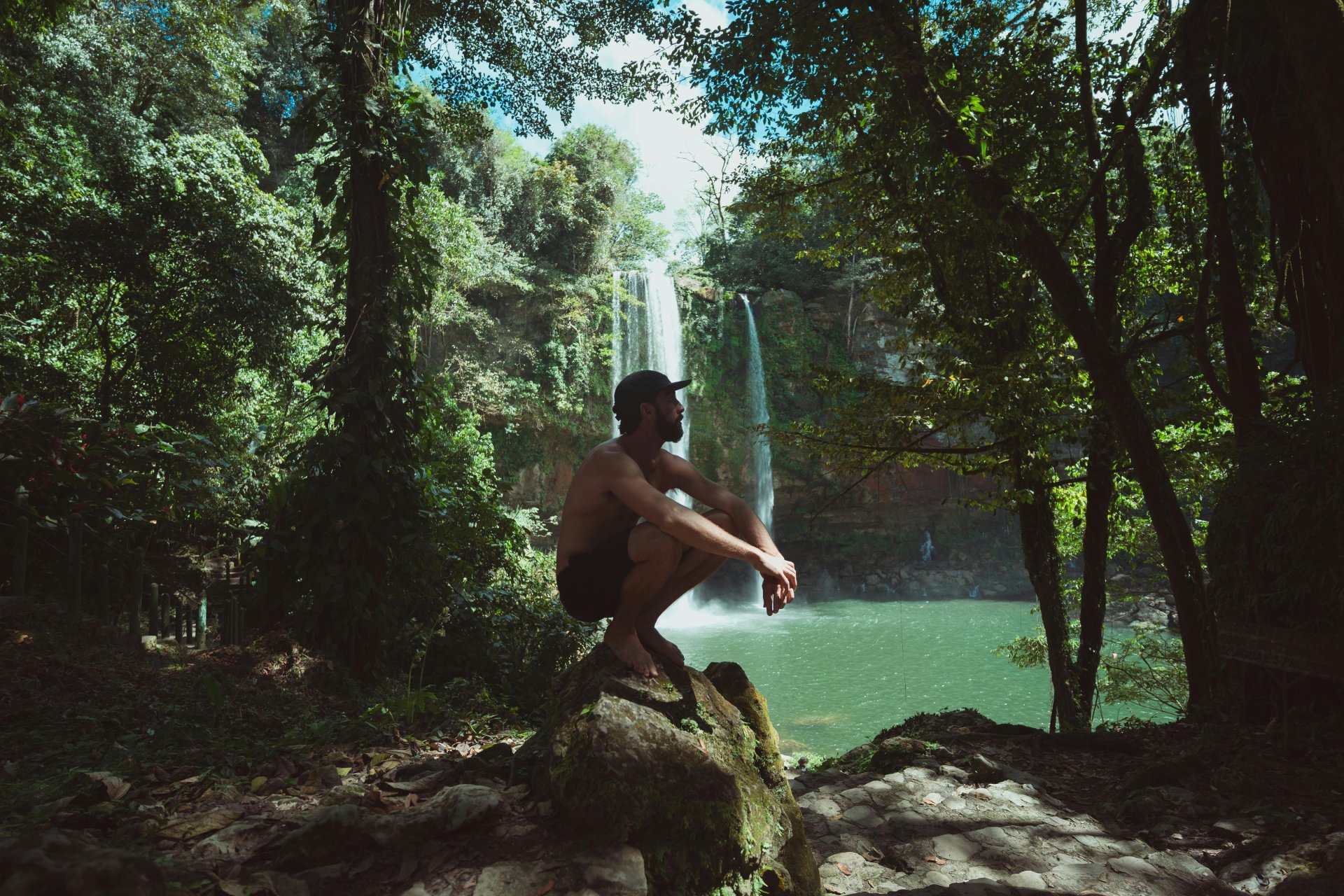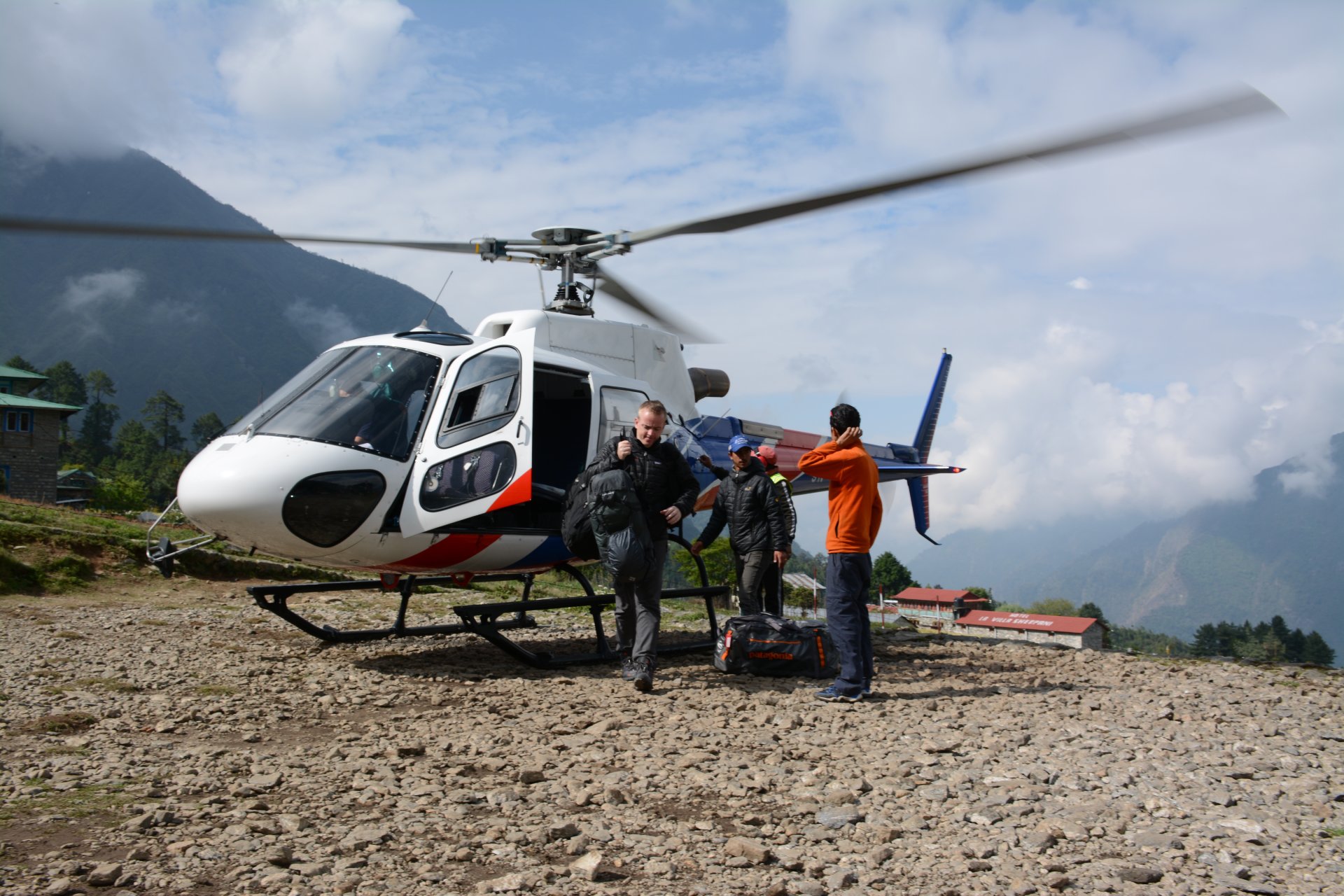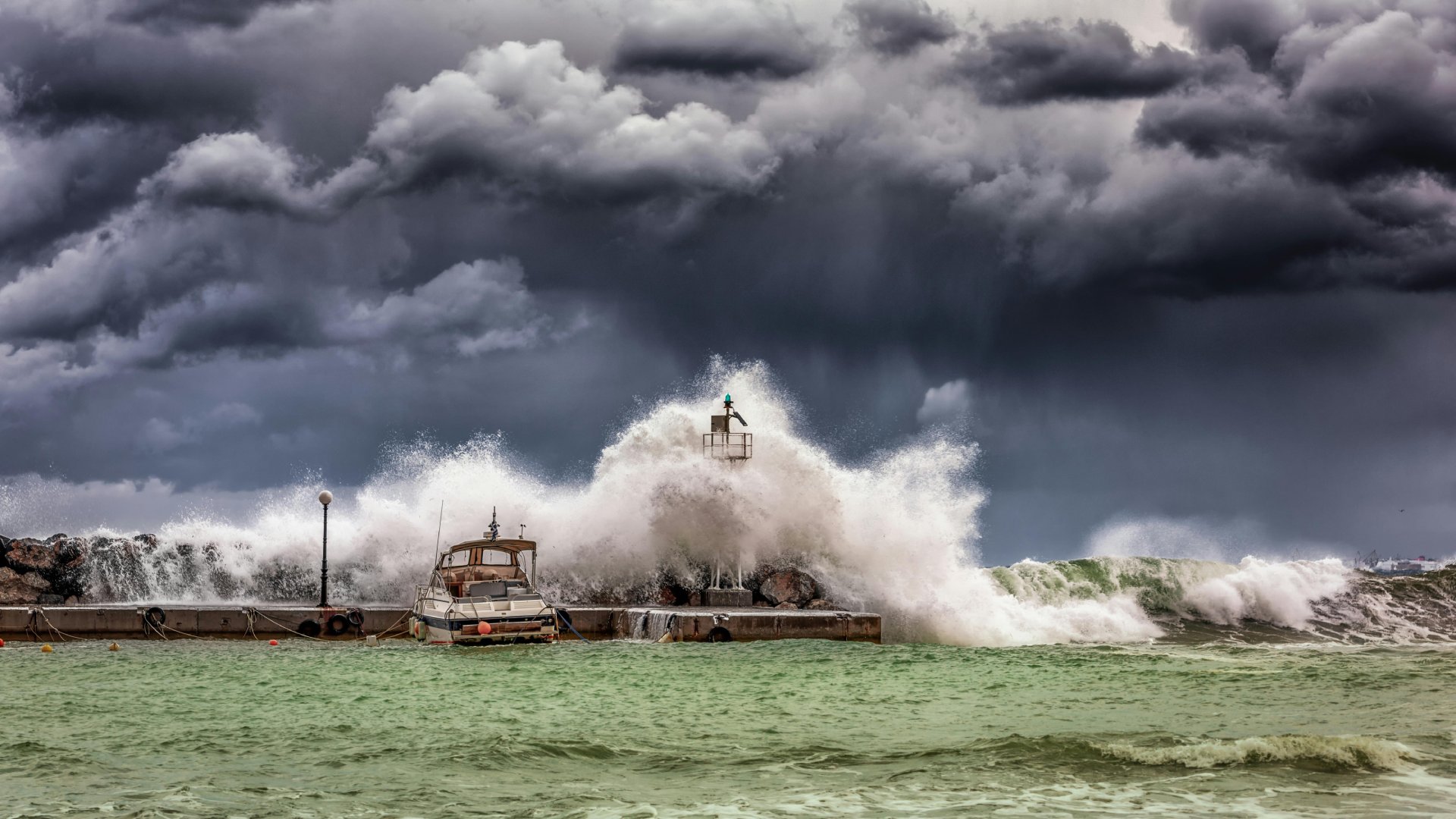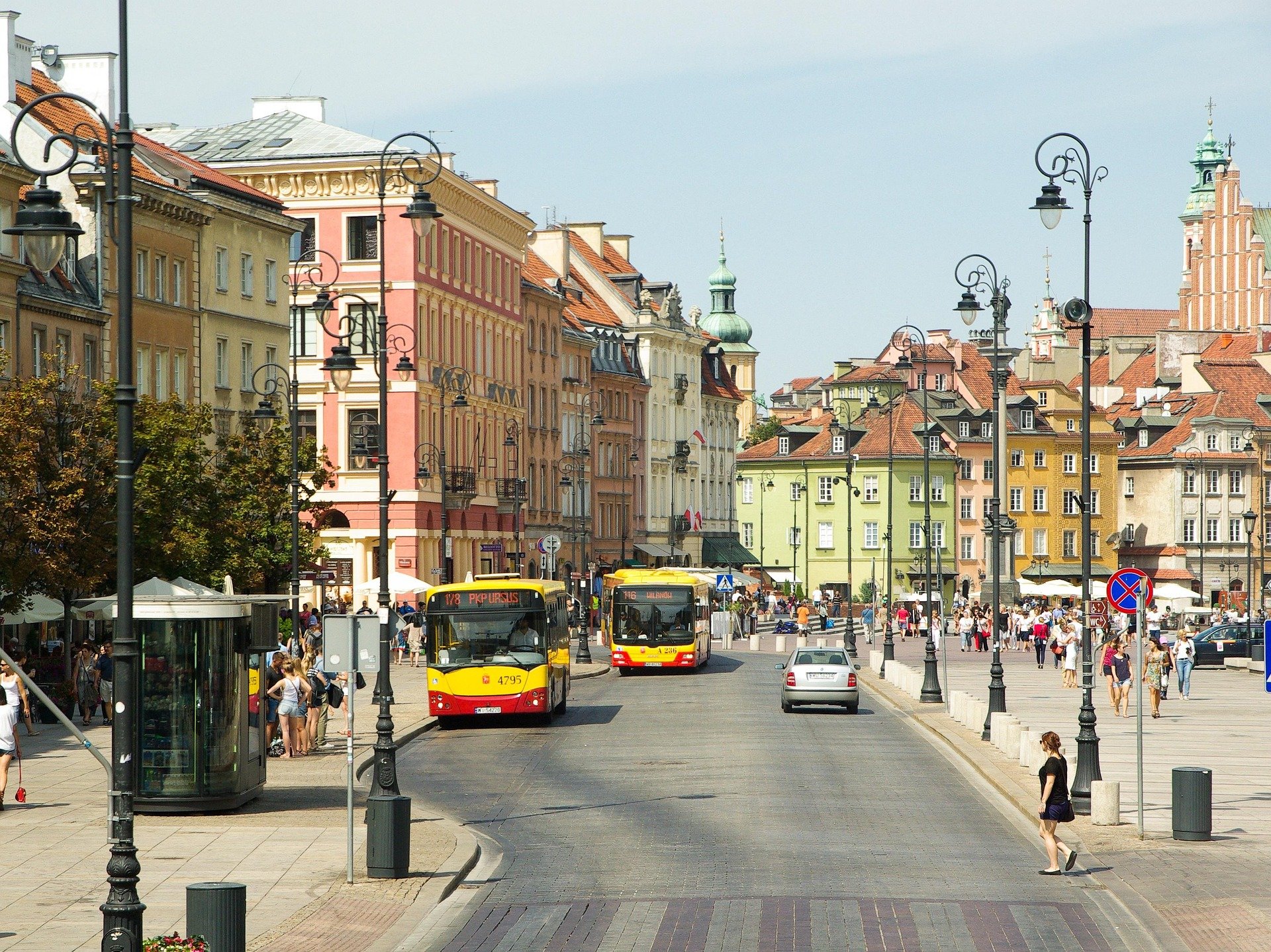With snow on the ground and a Global Rescue membership to help keep you safe, the action sports possibilities are endless. Long gone are the days of thinking about skiing, for example, as resort-based only. Today, the fastest growing segment in the ski industry is backcountry. And if you’ve got the resources, what skier or snowboarder doesn’t dream of shredding untouched powder, run after run, via helicopter.
But it’s not just about skiing. Today’s winter adventurers are going deeper into the backcountry and hungrier than ever to try new, sometimes quirky activities. Like snow kayaking, which we wrote about in part one of this series.
What other new action sports are we going to suggest next? Read on.
Snowkiting
For most skiers and riders, the staccato rhythm of ski run down, lift ride up, repeat, is just simply how it’s done. The price for a high quantity of Alpine thrill ride descents is the chairlift, gondola or tram ride back up, and the costs and crowds associated with them.
Snowkiters have figured out a workaround, one that relies on wind power and self-propulsion instead of the carbon-reliant, cable-affixed aerial lifts that are synonymous with ski resorts.
To get going, snowkiters click into their ski or snowboard bindings, pull on their purpose-built snowkite harnesses, launch their kites into the air and let the wind pull them up or across the terrain. At the top, the kiter turns and coasts down the mountain, as if on air, sometimes even catching it.
Sounds exhilarating, doesn’t it?
From northern to southern hemisphere, this fast-growing snow sport is within your reach wherever you find winter.
Snowkiting, or kite skiing, pioneer Ken Lucas shared his favorite spots with The Kiteboarder: Lake Tahoe, Mount Hood, Snoqualmie Pass on Lake Keechelus in Washington State and Mount Haggin in Montana, south of Anaconda. He said snowkiting can be good across the United States from New England, to the Midwest and, of course, out West, where he says conditions are most consistent in Utah, Wyoming and Montana. If you want to go abroad, he recommends Col du Lautaret in France for beginners and experts alike. The Andean snowkite scene is taking off too, for those of you seeking that endless winter.
Ridestore magazine says it’s best to have “plenty of snow and wide, open spaces”” like a high alpine meadow – any place where there are few rocks and even fewer trees. This is why snowkiters prefer the above tree line terrain of the Rockies or the barren slopes of the Alps. But while those areas are ideal, Ridestore says you can have a lot of fun ripping around a large and snowy field, preferably one with a few small rolling hills, or even on a snow-covered lake.
Getting into the Wind
Ridestore says that snowkiting is not difficult to learn.
“The main things are how the wing reacts to the wind, gains speed and slows down. Then, it’s luffing up or bearing away – nautical terms for steering into or away from the wind — to learn how to launch and lower the kite, turn and stop if things are getting out of hand. Once you can do those things, it’s just boarding or skiing from there!”
You are carried along by your body weight, not by your arm strength. So, while it helps to be in good physical shape, you don’t need to be a bodybuilder to have command of the kite.
Being Safe So You Don’t Sail Away
Ken Lucas said the number one safety factor is the wind. In the U.S. he said you can rely on the U.S. National Weather Service for a spot forecast. Ridestore says that the greatest risk in snowkiting is when the kiter is not in control. Make sure you have the baseline experience with a kite and a favorable weather forecast.
The most common injuries in snowkiting are related to inexperience or improper equipment. If you’re just starting, go with an expert or sign up for a class where someone can help you mitigate these risks with the right gear.
Speaking of, you’ll need a kite that’s right for your skill level, your weight and your strength. You’ll also need a harness that allows the kite to drop when releasing the control bar.
Like pretty much anything else, start small, kite at your skill level and then work your way up, literally.
Snowmobiling
For winter sports junkies, it’s all about reaching those untouched places. No matter how high or how far, most of us want to be the first to cut across that fresh powder. Snowmobiling – or snowmachining or sleddin’, depending on where you are – allows you to “explore landscapes that are hard to reach by foot, ski or snowshoe,” says Manawa, a booking platform for outdoor activities.
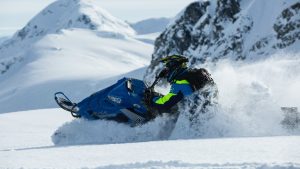 They recommend several spots across Scandinavia for snowmobiling, as well as spots in France. Fodors’ top 10 list of best places to snowmobile in the U.S. includes places across the country in Montana, Wyoming, Vermont, Utah, Maine, Colorado, Minnesota and Wisconsin. And like most things snow-related, if people do it in the northern hemisphere, they do it well below the equator, too. Snowmobiling in the Andes is plenty popular, thanks to the area’s expansive, treeless terrain.
They recommend several spots across Scandinavia for snowmobiling, as well as spots in France. Fodors’ top 10 list of best places to snowmobile in the U.S. includes places across the country in Montana, Wyoming, Vermont, Utah, Maine, Colorado, Minnesota and Wisconsin. And like most things snow-related, if people do it in the northern hemisphere, they do it well below the equator, too. Snowmobiling in the Andes is plenty popular, thanks to the area’s expansive, treeless terrain.
Unless you own a snowmobile and have access to the backcountry, snowmobiling usually happens with an instructor.
Starting Those Engines
“You must be at least 18 and own an up-to-date drivers’ license to be able to operate a snowmobile,” says Manawa. “And before driving this engine, it would be best if you already had previous experience driving a motorcycle or a scooter.
Snowmobiling is more straightforward than some cars and motorcycles because there is no gear shifting, just a “start button,” throttle and brakes.
While snowmobiles can be easy to operate, if you’re going on rugged terrain, operating them can be physically demanding.
“Plus, you’ll be driving for hours in the cold, so you need extra strength to drive correctly,” says Manawa.
If you’re planning an extreme excursion, consider this workout regimen from professional snocross racer, Nick Lorenz.
Snow Safety Can’t Be a Maybe
As with any snow sport, being aware of avalanches is a must. You can read our tips for avalanche awareness here.
Wear clothing that will keep you warm and protected from the water and snow. Manawa recommends winter motorcycle gloves which can keep your hands warm against the elements at high speeds. Even though many modern snowmobiles have heated grips, dexterity can still be limited if wearing gloves or mittens that aren’t warm enough.
It’s pretty much common knowledge, and in most places, the law, but it’s worth repeating. Wear a helmet. It’s just not worth the risk of injury, especially in the remote backcountry which is not easily accessible. Your instructor will likely require and provide one for you. Not only will it keep you safe and warm, the visor will prevent the wind, snow, and debris from the ground from hitting your eyes. Bonus: you’ll look really cool.
Snowkiting and snowmobiling are just two of dozens upon dozens of winter action sports that are capturing the curiosity of adventurers everywhere. A Global Rescue membership helps ensure your safety no matter the activity. So, go wild, venture out there, find new winter fun, be brave. Global Rescue will always be ready when you need help, whatever it is you’re doing. No restrictions.

